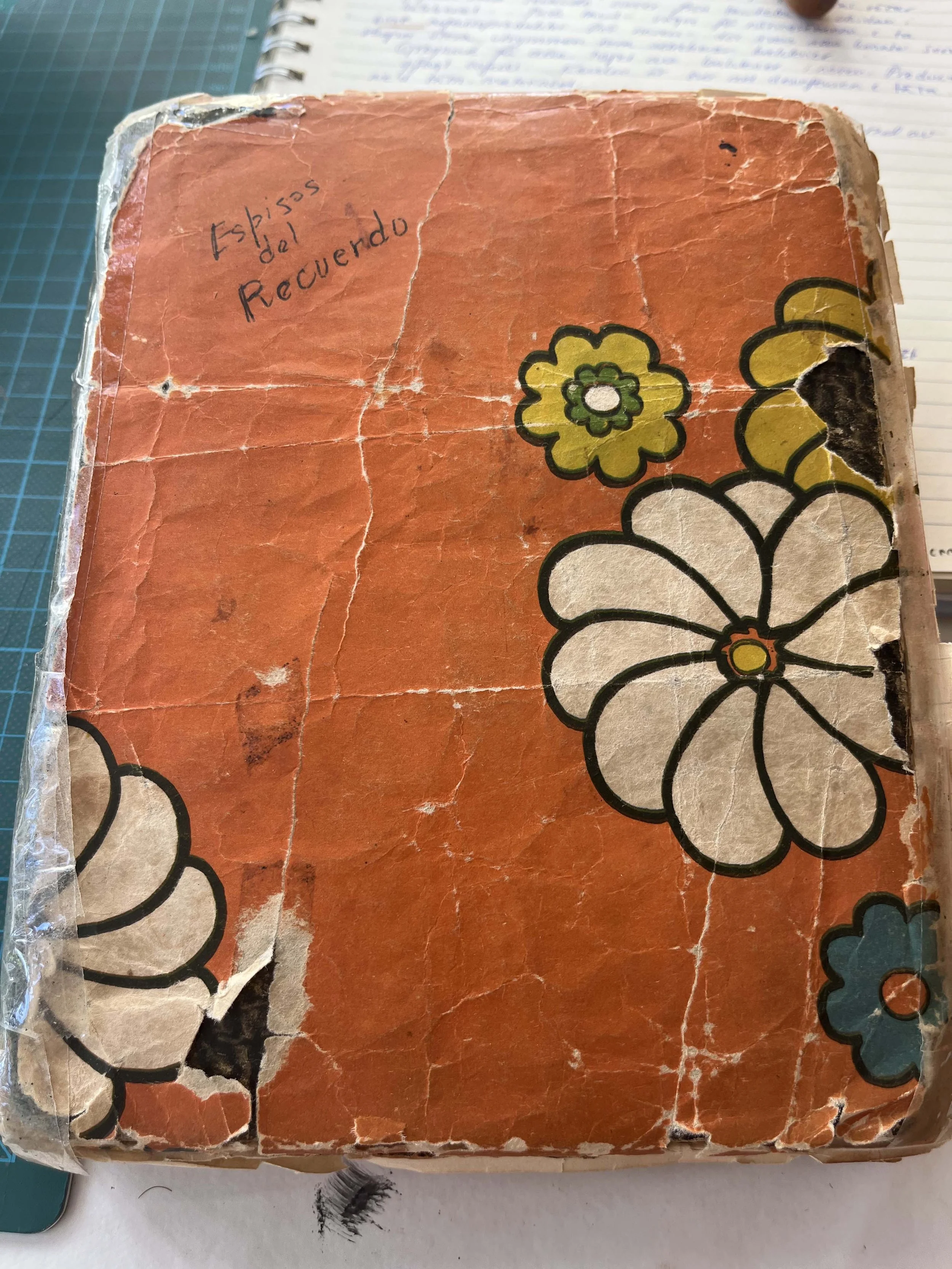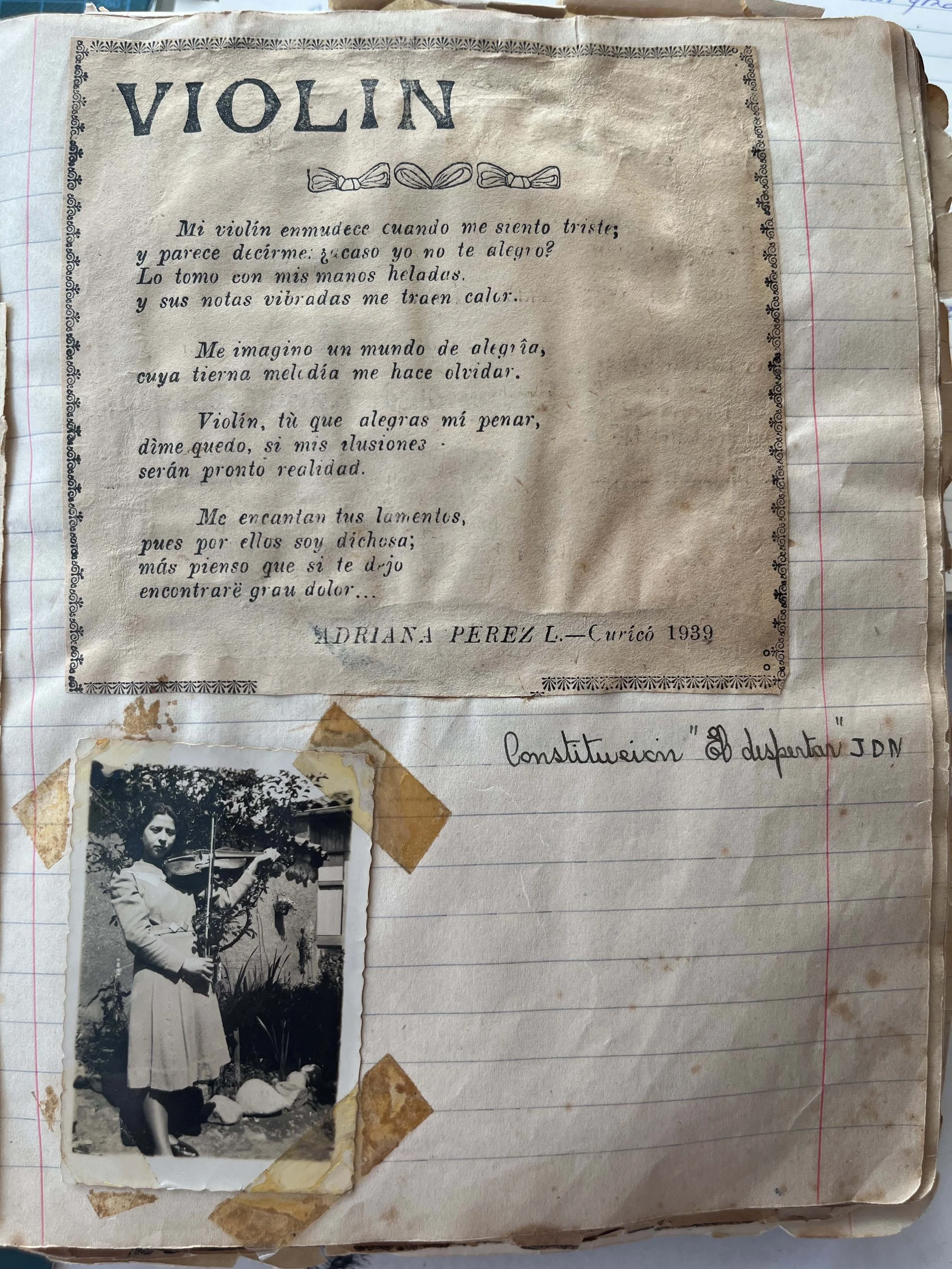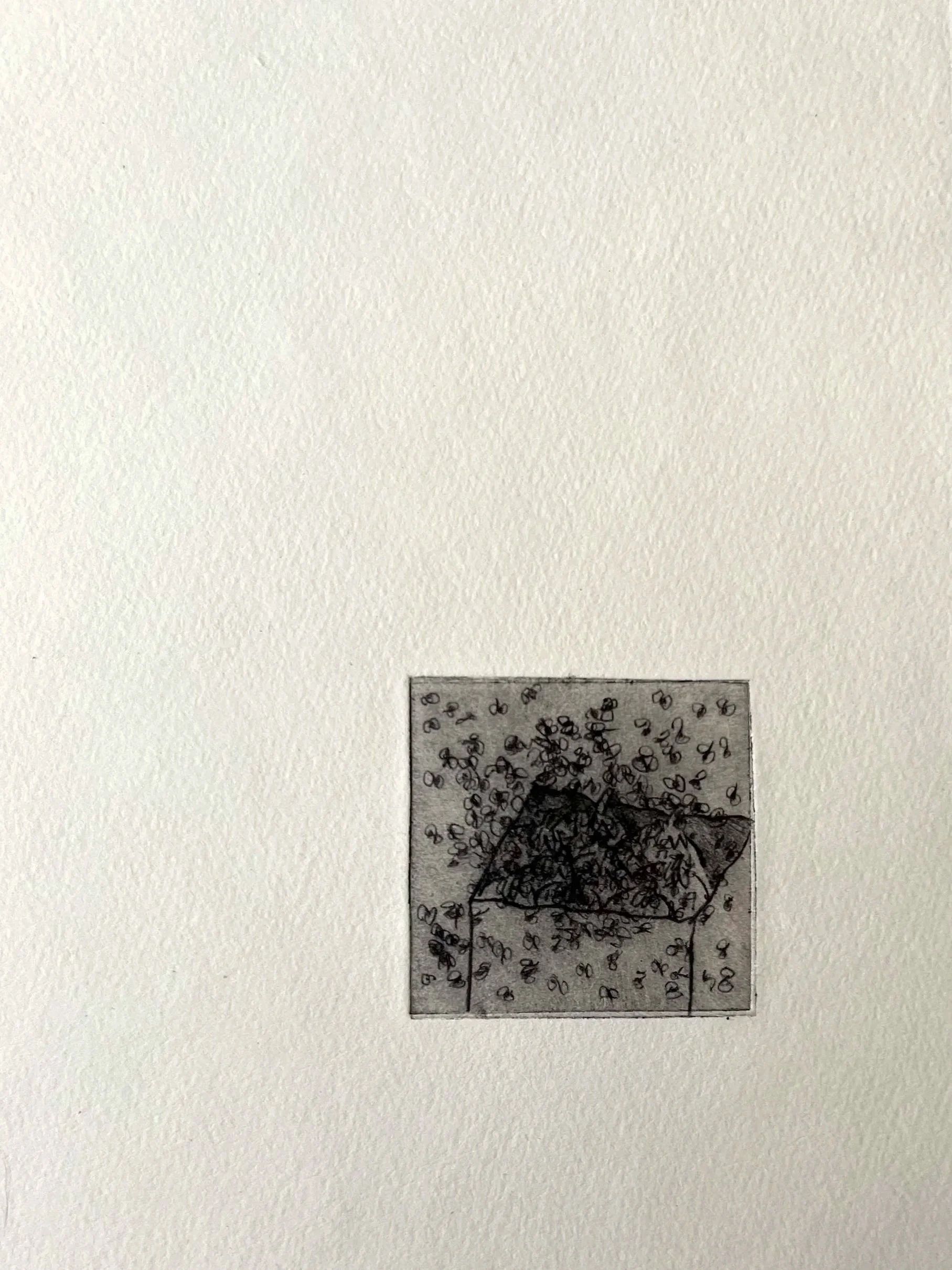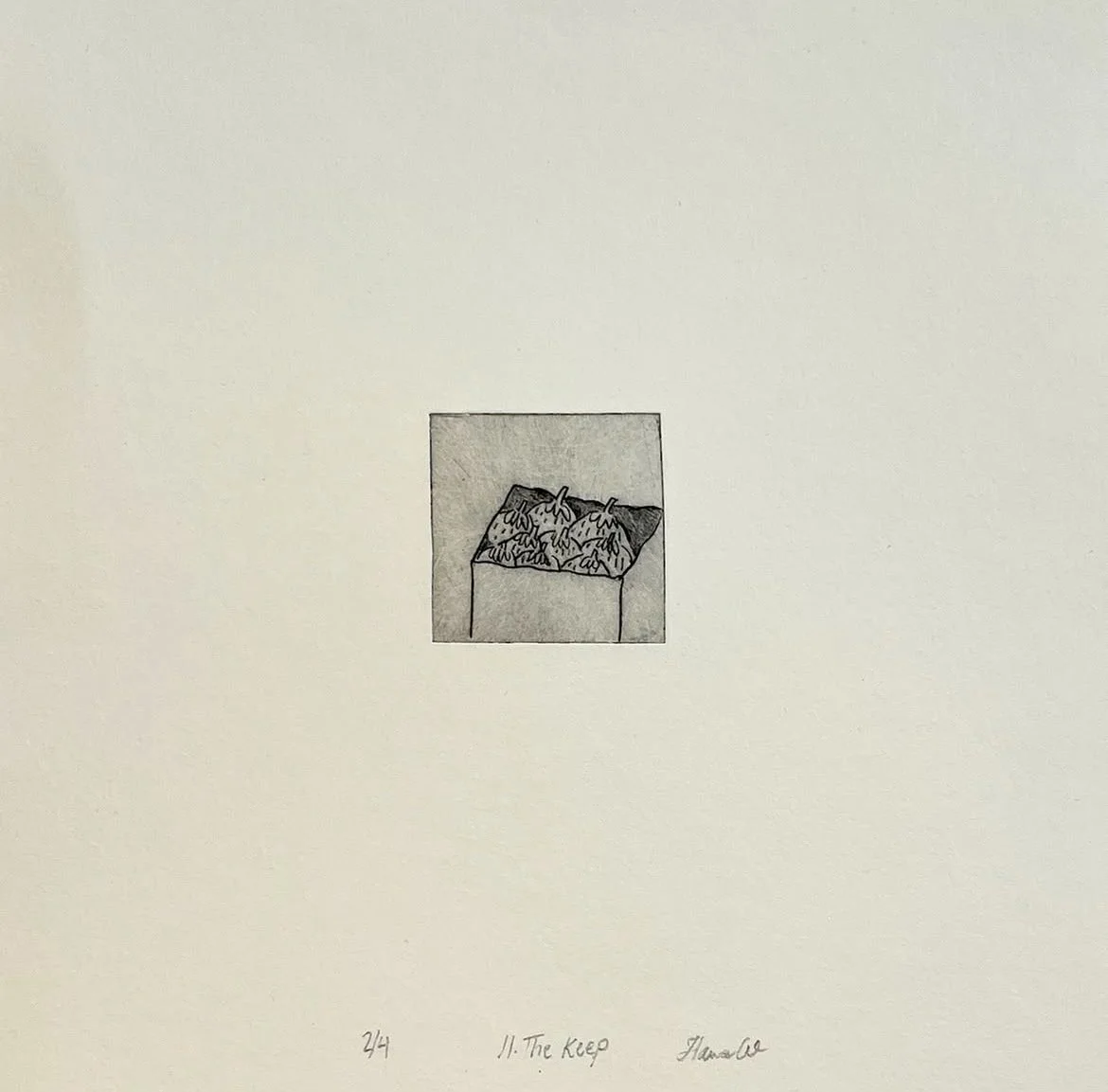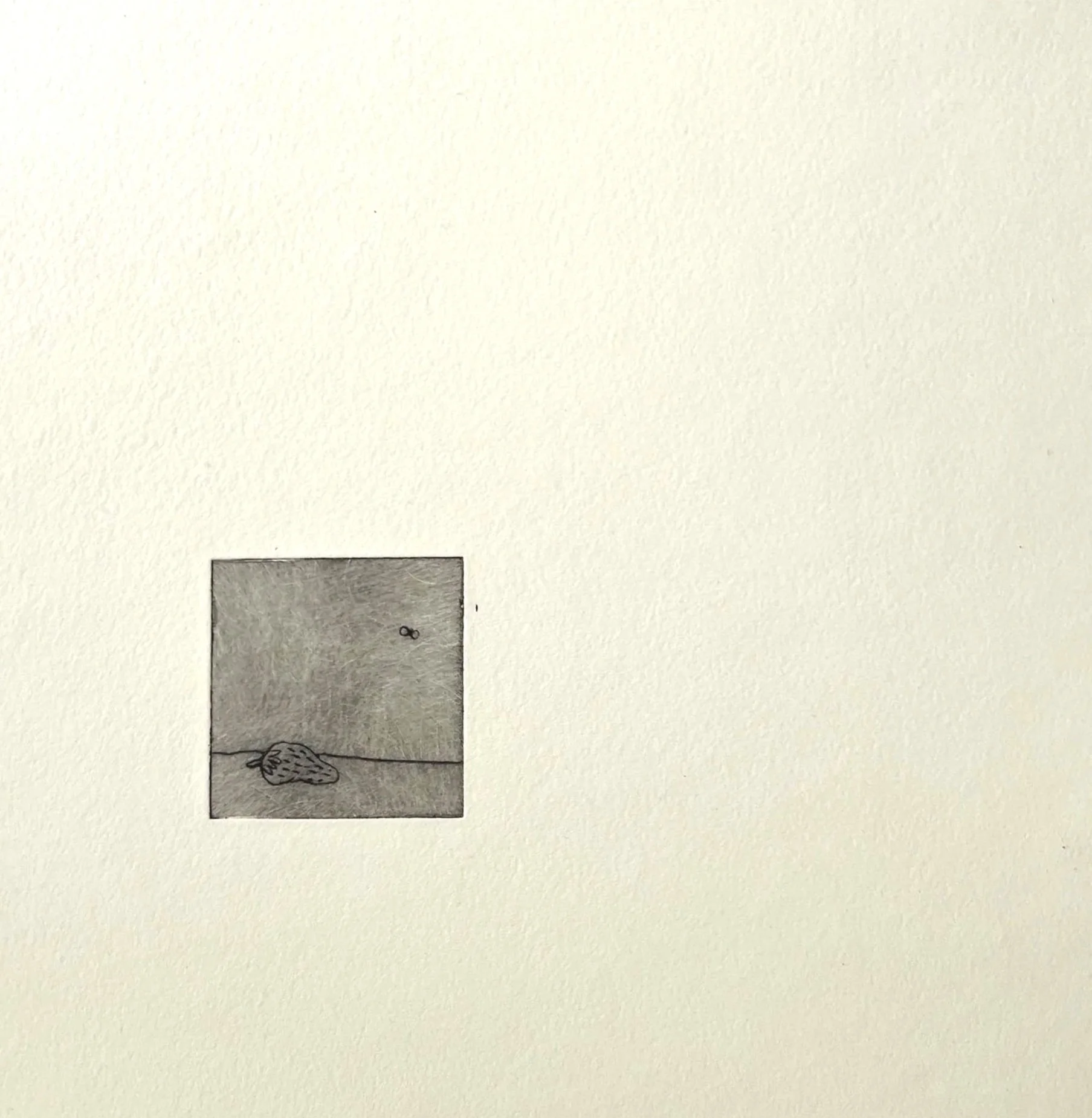Images We Hide and Images We Carry – on What Gathers in Silence
A box, a fly, a swarm. The image appeared in a dream: a box of forgotten strawberries stood on a shelf in my home. Above them I could see a tangle of flies.
When I shared this dream with my father, a memory of my grandmother was awakened. She was a poet in Chile and politically active for women’s rights. In a poem from her diary, which I have kept, she wrote about the desire to be a man – to be able to walk the wide open roads. The day she divorced my grandfather she lost the right to publish her poems publicly.
She wrote with dedication, but was not allowed to be passionate in the public sphere. My father told me she used to hide strawberries for herself, small portions of pleasure she tucked away. The artistic desire is often like that: something one carries in silence and something one saves before the system takes it away.
The image of the strawberries is a kind of return: dream, memory, story, sweetness concealed, hidden away and perhaps rotted. But also an attempt to see anew. To find the shelf again, to see what was hidden and let it remain in the light.
Since that dream, the strawberry became for me more than just a fruit. It became an image of desire, childhood, body, and a handmade time. It also became my grandmother. The strawberry became for me a symbol of women’s creative survival in systems where there is no room.
The private act became the boundary of my grandmother’s public voice. Today, generations later, this labor of silence still continues. I sometimes think we are generations of women who were never allowed to create fully, never allowed to rest fully, never allowed to be fully seen. We hide our strawberries. And perhaps that is how we inherit things we did not know we carried.
Today it can be called freedom to be an artist. But often it is a freedom without insurance, without rest, without guarantees. It is a system where your passion is meant to compensate for the lack of security. Where you are expected to produce, promote, apply, thank, perform, and still feel gratitude, even when you are not paid for all the work you do.
When I see the image of the box of strawberries and flies, I do not only see decay. I see a systematically forgotten desire. I see my grandmother’s body, my body, and the bodies of others who carried creation in the shadows. And I see the pain of not being left in peace to grow. Of the creative force that was pushed aside, rendered invisible, yet still swarms, lives, and demands space.
The stories of my grandmother speak to me of a kind of hunger. Not just hunger as physical appetite, but hunger for love, place, voice, and freedom. My grandmother hid strawberries, perhaps out of hunger for something of her own, something that did not need to be shared. Perhaps as a way of taking control of something small in a world where most things were beyond her power.
Despite the closeness, or perhaps because of it, there is distance. Generations, languages, bodies, norms. I was not there, but I was told. I did not feel it, but I can try to carry it in the image. The distance also extends to the viewer: the small format of 4x4 cm demands that you come close, but what you see is not always what is said.
These small fragments of dry needle feel like surfaces of memory. To me, an image always carries the delicate task of holding on to what might otherwise dissolve.
Picture 1, up to the right, print titled: II. The Keep
Picture 2, under, print titled: III. Drift
Picture 3, print titled: I. Blink
Picture 4,5,6: Adrianas diary and her poem “Mujer”
